Enriching the lives of those battling, surviving and defeating
Acute Lymphoblastic Leukemia
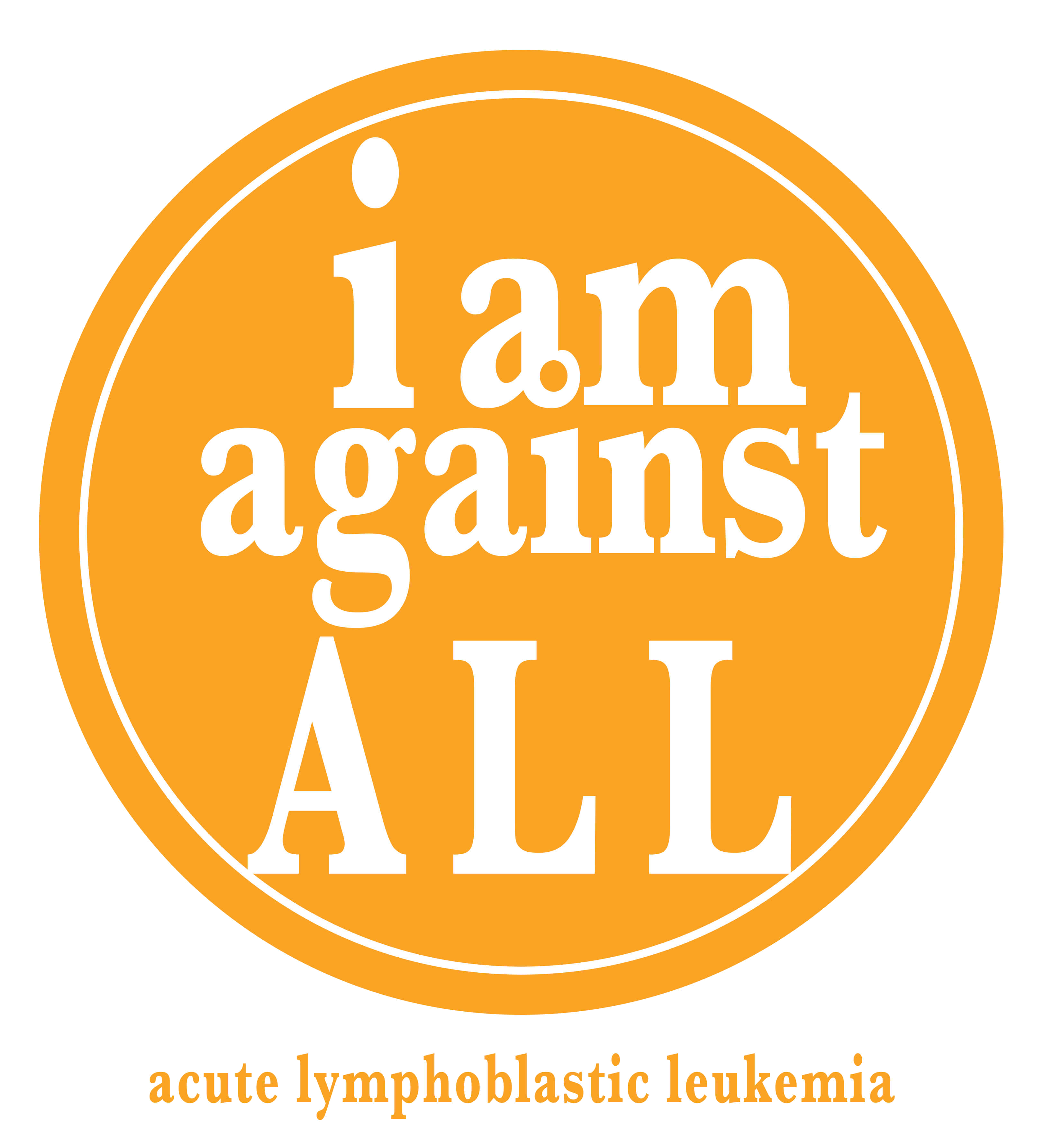
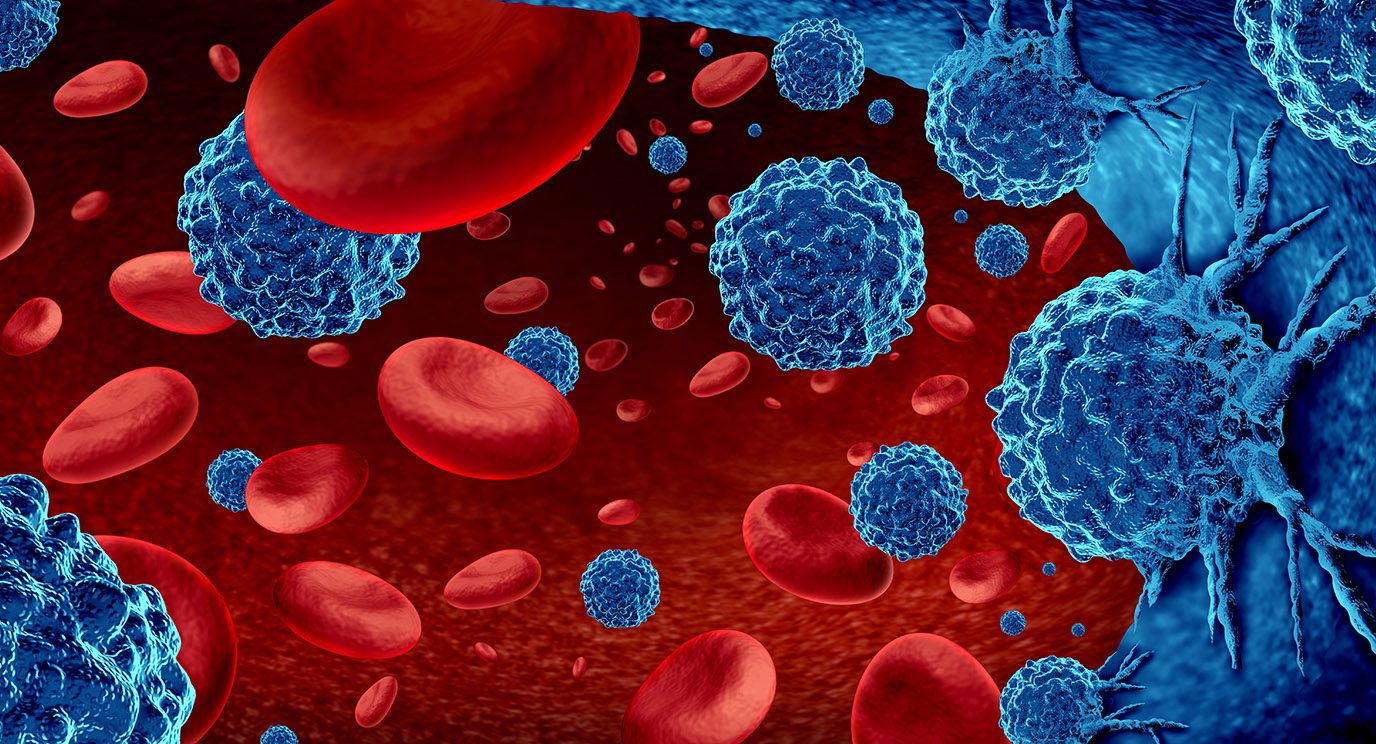
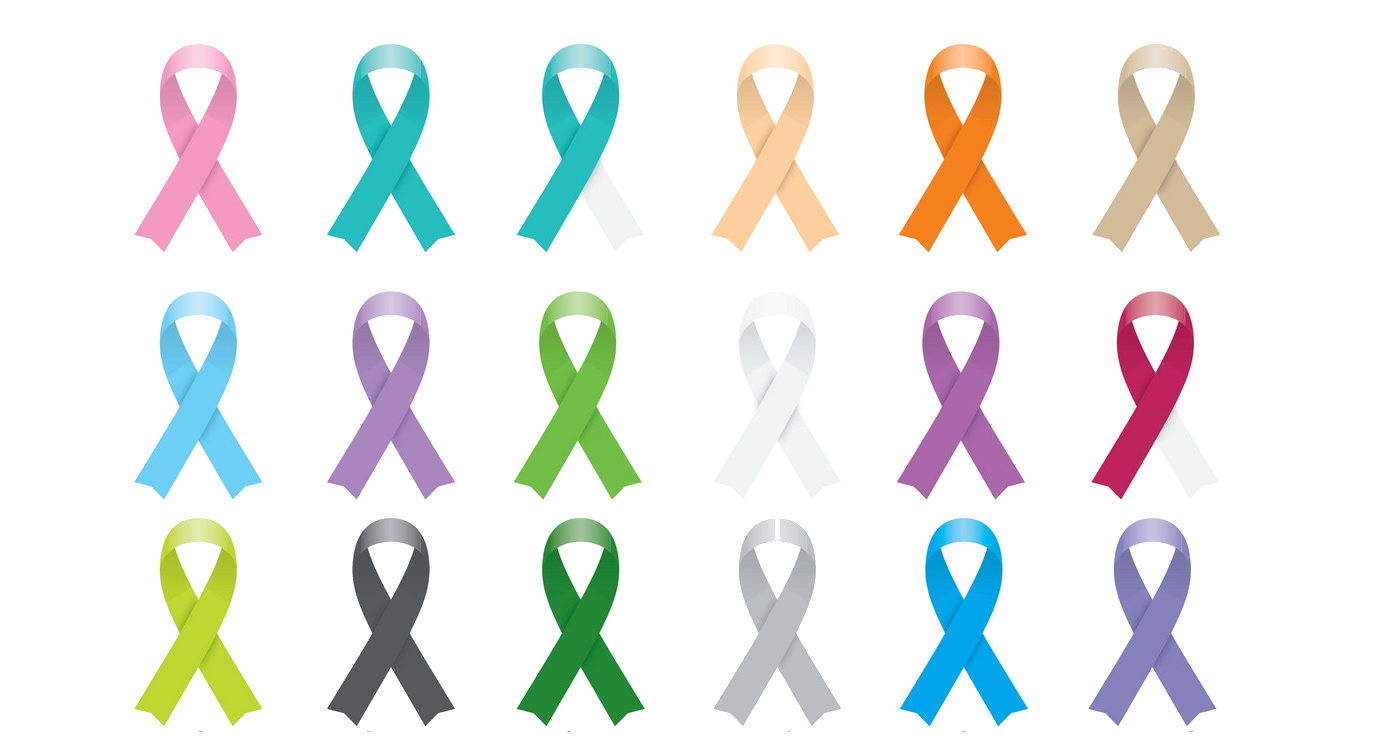

The mission of iAMagainstALL is to eradicate Leukemia as a life-threatening disease by advancing research, education, screening, and treatment.
Enriching the lives of those battling, surviving and defeating A.L.L., acute lymphoblastic leukemia through grants, and/or scholarships and providing emergency monetary access to funds to assist in travel, living expenses and current familiy needs during trying times.
Got questions? We have some answers. If you have some other questions, feel free to send us an email to question@iAMagainstALL.org
DONATE

Answer: Leukemia is cancer of the body's blood-forming tissues, including the bone marrow and the lymphatic system usually involveing the white blood cells, the infection fighters. Our blood cells generally grow and divide in an orderly way, as our body needs them... However in people with leukemia, the bone marrow produces an excessive amount of abnormal white blood cells, which don't function properly.
read more from the Mayo Clinic
Answer: Adult acute lymphoblastic leukemia (ALL; also called acute lymphocytic leukemia) is a cancer of the blood and bone marrow causing our bodies to make too many lymphocytes (a type of white blood cell).
ALL is an acute form of leukemia that affects the lymphoid stem cells that produce immature white blood cells (lymphoblasts). The diseases lymphoblasts are poor infection fighters, but they divide rapidly and crowd out healthy cells in the bone marrow.
In ALL, too many stem cells become lymphoblasts, B lymphocytes, or T lymphocytes. These cells are also called leukemia cells. These leukemia cells are not able to fight infection very well. Also, as the number of leukemia cells increases in the blood and bone marrow, there is less room for healthy white blood cells, red blood cells, and platelets. This may cause infection, anemia, and easy bleeding. The cancer can also spread to the central nervous system (brain and spinal cord), lymph nodes, spleen, liver, testicles, and other organs.
read more from The Leukemia & Lymphoma Society
Answer: Acute Lymphoblastic leukemia occurs when a bone marrow cell develops changes (mutations) in its genetic material or DNA. A cell's DNA contains the instructions that tell a cell what to do. Normally, the DNA tells the cell to grow at a set rate and to die at a set time. In acute lymphocytic leukemia, the mutations tell the bone marrow cell to continue growing and dividing.
When this happens, blood cell production becomes out of control. The bone marrow produces immature cells that develop into leukemic white blood cells called lymphoblasts. These abnormal cells are unable to function properly, and they can build up and crowd out healthy cells.
It's not clear what causes the DNA mutations that can lead to acute Lymphoblastic leukemia.
read more from the Mayo Clinic
Answer:
read more from American Cancer Society
Answer: Tests and procedures used to diagnose acute lymphocytic leukemia include:
read more from the Mayo Clinic
Answer: In general, treatment for acute lymphocytic leukemia falls into separate phases:
Depending on your situation, the phases of treatment for acute lymphocytic leukemia can span two to three years.
read more from the Mayo Clinic
On June 19, 2014, our family was turned upside down and inside-out when our mom was diagonsed with Acute Lymphoblastic Leukemia. On March 14, 2017, our world was changed forever with the passing of our mom due to a failure to execute within her protocol.
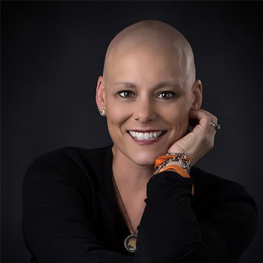
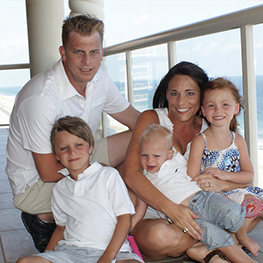
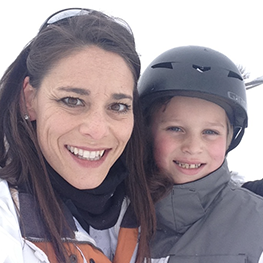

Many might say the loss of a parent is the single most tragic moment in a child's life and mine was no different.
My world came crashing down on March 14, 2017, at 11:17 a.m., when the execution of my mother's death sentence became my reality. I have spent years trying to articulate how to convey my feelings onto paper into something that would relieve my pain and anger after losing my mother, to no avail.
Before my mom's diagnosis, I was a multi-sport kid in baseball, soccer, and football. My dad was my coach, but my mom was my everything. She cheered me on through every activity I ever joined. My siblings and I considered her our guardian, advocate, and often healer - through her smile. She was a marathon runner who loved life, family, and teaching. In letters written to her by former students, various words defined her character and personality. Words like dedicated, passionate, grateful, compassionate, strong, supportive, and one having a great deal of patience. Everything that I aspire to replicate. She was the rock that held the foundation of our family together, and yet we simply called her mom.
On June 19, 2014, two and half years before my mom's death, my family was hit with a gut punch when she was diagnosed with Acute Lymphoblastic Leukemia. She was rushed to MD Anderson in Houston, Texas, to undergo immediate remissive treatment. For the next two and a half years, my parents lived in Houston, hoping to beat cancer. They routinely came home every sixty to ninety days for a week or so. I was ten when she was diagnosed with ALL, and I was mad, mad as hell. Not at "the cancer" but everything and everyone, especially my mom. My thinking was, "how could she do this to me? to all of us?" My immaturity questioned, "Why me?" but not the reality that my mom was sick and that she needed me just as much as I needed her.
Spring Break 2017, there she was, lying lifeless in a dimly lit room, blanket wrapped from the neck-down, motionless. I can still remember the humming of the fluorescent lights in pure replication of an ECG tone; constant, steady, monotone, and without change or life. In the five or so minutes that I stood there looking over her, my heart pounding from my chest, my eyes filled with tears, and my legs heavy as if cemented in concrete; there was nothing I could say, nothing I could do to bring her back, so I just cried. My dad was bent over whispering in her ear, trying his best to keep it together, when he suddenly directed us to say our goodbyes. I didn't want to leave or say goodbye, as I was consumed with guilt, shame, and rage.
The next thing I remember is the GPS on my dad's phone callout, "You will reach your destination in seven hours and forty-seven minutes." For the next ten hours, I cried myself to sleep, hoping to wake from this nightmare. Somewhere between the onslaught of raging profanity from my dad and the aimless daze of the drive, my father pulled over. He looked us all in the eye and said, "kids, there are two paths set before you tonight, a path in which you can be a victim of your mother's tragic death or the path to which you can honor your mother and be what your mother envisioned and bequeathed upon each of you." I can not honestly say it was at that moment that I wanted to honor my mother's dreams for me, but it was at that moment that I recognized, and it still resonates inside of me, that "I am against ALL."
It took some time, but I eventually incorporated honoring my mom's dreams by diving into my education; taking my classes to the highest level, reading relentlessly, and joining numerous social clubs and community activities. After becoming a dual State qualifier in debate and mock trial as co-counsel, one might think it would be easy to talk of my mother's death and all the pain and struggles our family endures, yet it is just the opposite. Losing my mom could have resulted in a negative outcome in my life's pathway. However, I chose not to be a victim but to face struggles head-on. I am setting high standards to honor my mother's memory. Mom, I write this today to say I'm Ok, that we are ok. I started a non-profit in your honor [www.iAMagainstALL.org] to help others facing the struggles we endured. As you watch over us from above, I will continue to watch over our family, and I promise you that I will become the very best I can be.
Ami Paige Foundation
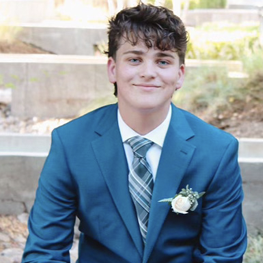
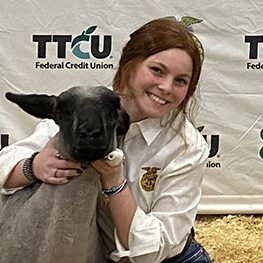
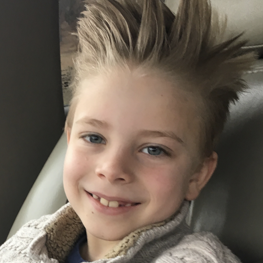

Enriching the lives of those battling, surviving and defeating A.L.L., acute lymphoblastic leukemia through grants, and/or scholarships and providing emergency monetary access to funds to assist in travel, living expenses and current familiy needs during trying times.
What is A.L.L. ~
Acute Lymphoblastic Leukemia
Acute lymphocytic leukemia (ALL) is a type of cancer of the blood and bone marrow ~ the spongy tissue inside bones where blood cells are made.
The word "acute" in acute lymphocytic leukemia comes from the fact that the disease progresses rapidly and creates immature blood cells, rather than mature ones. The word "lymphocytic" in acute lymphocytic leukemia refers to the white blood cells called lymphocytes, which ALL affects. Acute lymphocytic leukemia is also known as acute lymphoblastic leukemia.